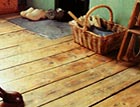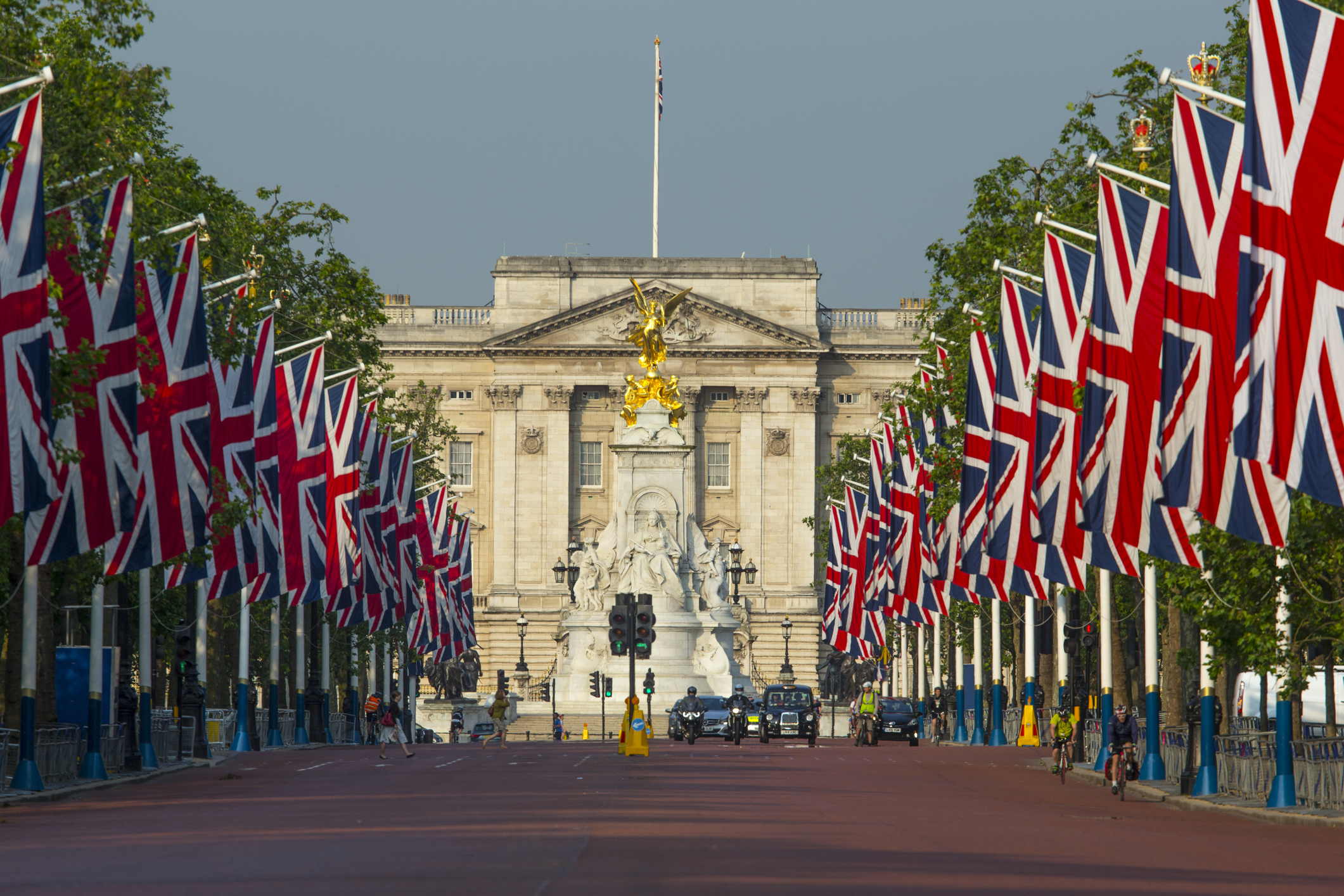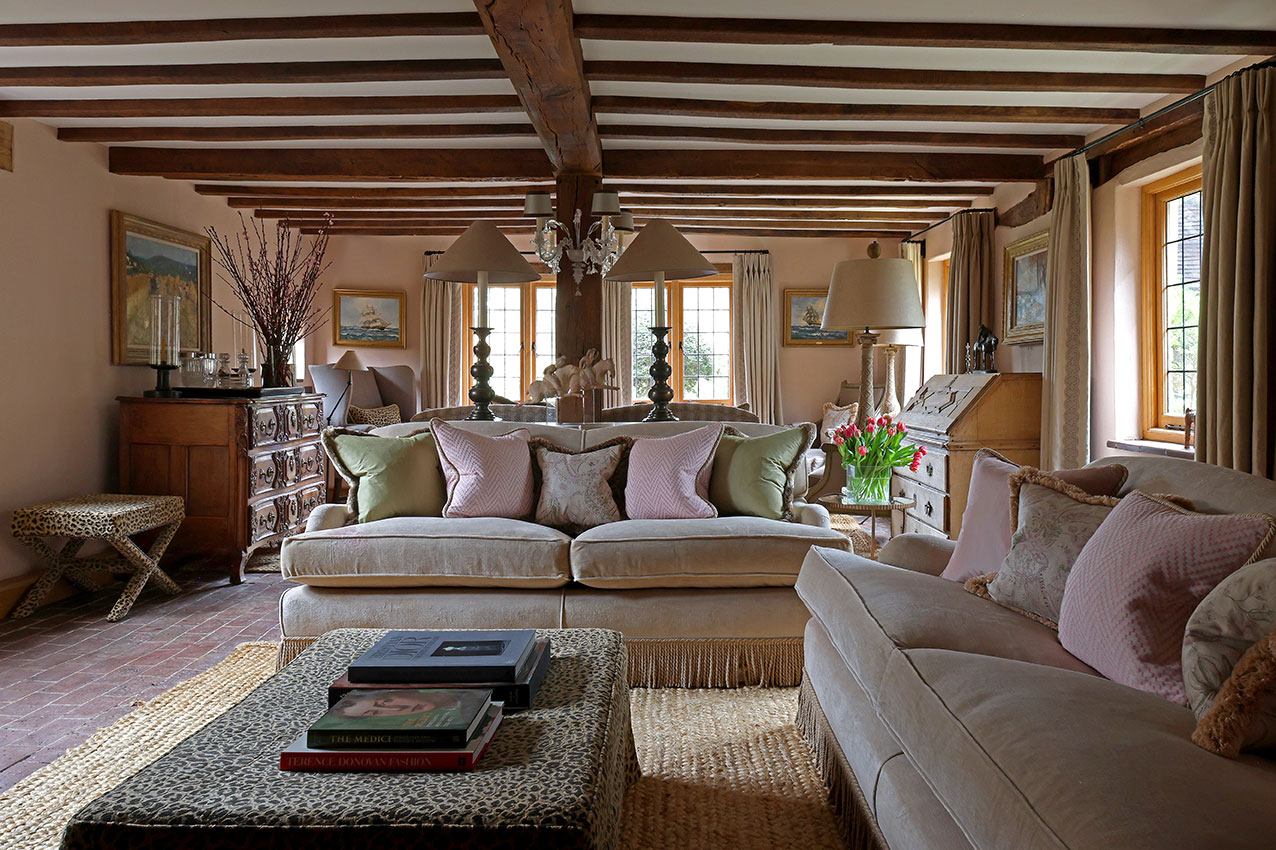Restoring wooden floorboards
Returning his early Georgian floorboards to their original state finds William Palin on his hands and knees


However much you love it, the restoration of an old house can be a painful process. What can go wrong usually does, and what everyone says cannot go wrong usually does, too. For this reason, when things go right, however small, they assume an extraordinary significance. And this brings me to Trevor Barnes, my patron saint of floorboards. Mr Barnes is the only man in London, possibly the world, who really enjoys working with floorboards.
* Find more on restoring Georgian property on our dedicated webpage
What most ordinary people would consider back-breaking, knee-crunching, knuckle-scraping work is, for Mr Barnes, the ideal way to spend an afternoon. His handiwork is now visible throughout my house in each beautifully cleaned and polished board. When I bought my early Georgian London townhouse, it had been through a cycle of alterations and decay, so everything, especially the floors, was in a mess. A few of the wide 18th-century original floorboards survived in the midst of a patchwork of 19th-century ones (often crudely repaired), but even these had been chopped about over the years. I replaced the missing and badly damaged boards with the best-quality new pine timbers, allowing them to acclimatise to the central heating before they were nailed down (this helps minimise splitting).
In the bathroom, a carpenter knocked in long, wedge-shaped slivers between the boards which were then planed down, making a watertight surface. The repairs complete, I was faced with more problems: the old boards, caked in centuries of dirt and spots of paint, needed to be cleaned up in some way, although the new ones looked horribly white and out of place. I sought the advice of a Spitalfields neighbour who advocated the 'liming' approach. This involved making a wash of lime putty, water and sand, scrubbing it into the floors, then washing them down and adding two coats of beeswax.
The new boards, I was told, could be stained to help them blend in. Her boards, treated in this way, looked beautiful, but the process is long, messy and painful (lime will burn the skin on contact). In the end, I opted for a compromise — I was advised that careful sanding with a small, hand-held machine would remove the dirt with minimal timber loss. It was then that I was introduced to Mr Barnes. He worked on and off for months, hand-cleaning each board before applying skilfully mixed dyes to help disguise the new timbers.
Most floors were finished with beeswax, then buffed up, but in the kitchen and bathroom, a clear polish was applied for durability (beware 'sealants', which make boards look dull and have an alarming habit of turning pine orange). Although I love my old boards, they do try my patience at times. Nails can work their way out of the wood and into your toes—splinters, too. But in these houses, they look, feel, and sound just right. Old floors, like any historic fabric, should be treated with care and respect—which means finding someone like Mr Barnes and keeping away from the belt-sander.
Trevor Barnes (Paintworks): 07966 412 437. For technical advice pamphlets on old house repair: Society for the Protection of Ancient Buildings (020–7377 1644) and The Georgian Group (020–7529 8920).
Sign up for the Country Life Newsletter
Exquisite houses, the beauty of Nature, and how to get the most from your life, straight to your inbox.
* Find more on restoring Georgian property on our dedicated webpage
Country Life is unlike any other magazine: the only glossy weekly on the newsstand and the only magazine that has been guest-edited by HRH The King not once, but twice. It is a celebration of modern rural life and all its diverse joys and pleasures — that was first published in Queen Victoria's Diamond Jubilee year. Our eclectic mixture of witty and informative content — from the most up-to-date property news and commentary and a coveted glimpse inside some of the UK's best houses and gardens, to gardening, the arts and interior design, written by experts in their field — still cannot be found in print or online, anywhere else.

